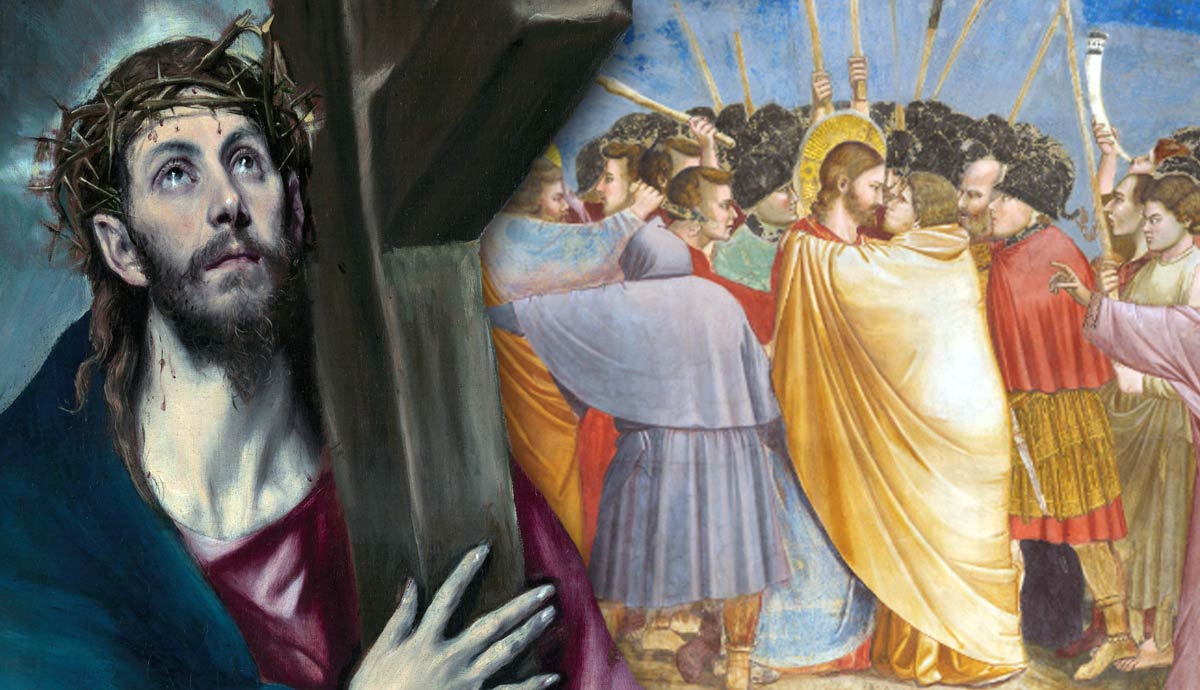
The Renaissance was one of the most momentous periods in our human history, when the arts, humanities and sciences underwent a dramatic series of transformative developments. We often talk about the Italian Renaissance and the Northern Renaissance as two separate and distinct movements in art history, since the Renaissance began in Italy before spreading out into Northern Europe. While there were many similarities between the two strands of the Renaissance, each also had their own qualities that history has allowed us to step back and examine.
Italy Was the Birthplace of the Renaissance

Italy – or more specifically Florence – is recognized today as the birthplace of the Renaissance – it was here that the ‘rebirth’, or ‘renaissance’ of ancient classical Greek and Roman ideas was revived and given a brand-new lease of life. Such an interest in ancient learning gave rise to humanism, which in turn influenced artists’ increased awareness of humans as real life, feeling individuals with a complex and nuanced relationship to the world around them.

Over time, the Renaissance became an expression of Italy’s wealth and sophistication to the wider world, and eventually their reach spread far and wide. The Italian Renaissance spread across several cities over nearly three centuries, and took on various permutations over time, making it tricky to summarize its entire scope, however, there are certain key aspects that art historians have observed and defined.
Italy and the Classical Model

The art that emerged out of this period of intensive learning in Italy followed the classical model, with mythologized subject matter, idealized bodies, and an emphasis on order, symmetry, and visual harmony. As the movement took hold, paintings often focused on dreamy, atmospheric effects, as seen in the soft sfumato of Leonardo da Vinci, and the free, painterly expressionism of Titian, while sculpture leaned towards ideal bodies (particularly male), painstakingly carved in stone, such as Michelangelo’s masterful portrayal of David.
Where Did the Northern Renaissance Take Place?

The art historical term ‘Northern Renaissance’ covers a broader area than Italy, spanning areas north of Italy, predominantly the Netherlands and Germany, but also to a lesser extent France, England, and Poland. Since the movement spanned such as large area over an extended period of time, it can be difficult to make any clear distinctions. However, one similarity remained steadfast – like the Italian Renaissance, a great many artists and thinkers across Northern Europe put humanist thought at the center of their endeavors.
Albrecht Dürer neatly summed this up when he wrote, “I hold that the perfection of form and beauty is contained in the sum of all men.” While Italian artists were well placed to revive the art of their native past, Northern Renaissance artists emerged from the Gothic tradition, with its lavish grandeur, and richly adorned, illuminated manuscripts. Such visual effects undoubtedly remained in place, even as ideas from Italy began filtering through into wider Europe.
Northern Renaissance – Interiors, Portraits and Landscapes

In contrast with their Italian counterparts, many of the most celebrated artists of the Northern Renaissance leaned towards the minutely observed depiction of the real world, focusing on crisp, microscopic attention to detail. Masters of precise technique, many northern Renaissance painters made artworks depicting the texture and feel of varying surfaces, from glass and mirror to velvet, lending their artworks sparkling, glistening qualities, as seen in the art of Hieronymus Bosch, Pieter Breughel the Elder, Hans Holbein, Jan van Eyck, and Lucas Cranach. The development of oil painting also played a key role here, with its looser and more mutable possibilities.
Religious subjects were gradually replaced with the rational and rigorous portrayal of the real world (sometimes containing a moralizing message), particularly in the wake of the Reformation, whether through landscapes, interior views, or intimate portraits.
Northern Renaissance – Wood and Printmaking

In sculpture, wood was preferred over stone, which was adopted by artists including Tilman Riemenschneide, Gregor Erhart, Veit Stoss. There was also a great proliferation of printmaking in the Northern Renaissance, with the techniques of woodcut and engraving playing a far more prominent role here than in Italy, particularly in the art of Albrecht Dürer, who produced more than 300 prints throughout his lifetime. Other notable printmakers of the Northern Renaissance era include Urs Graf and Martin Schongauer.










